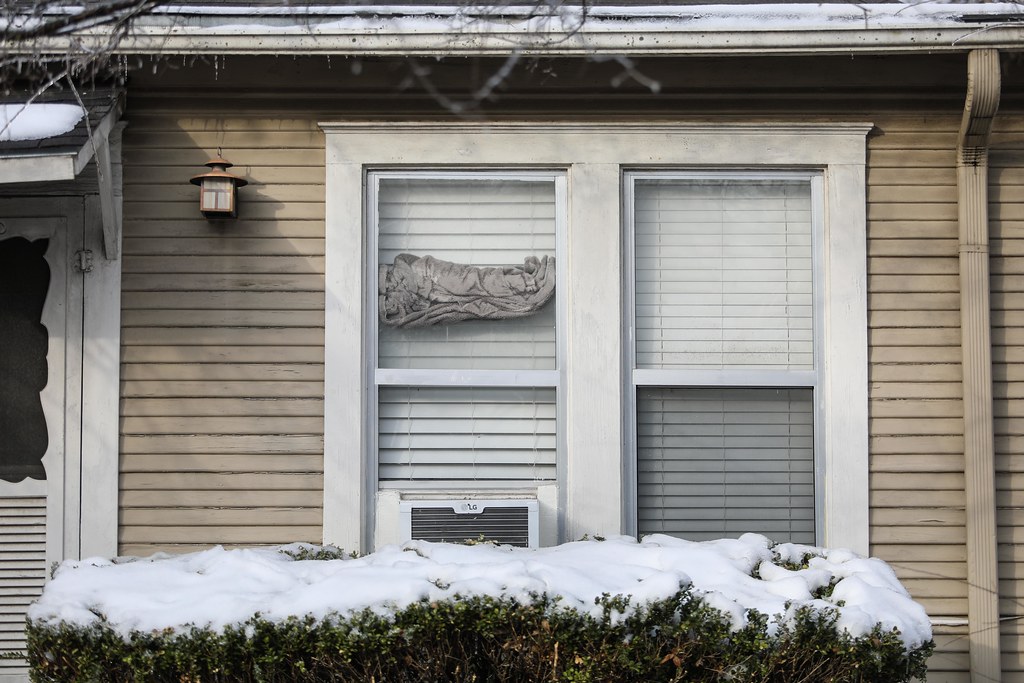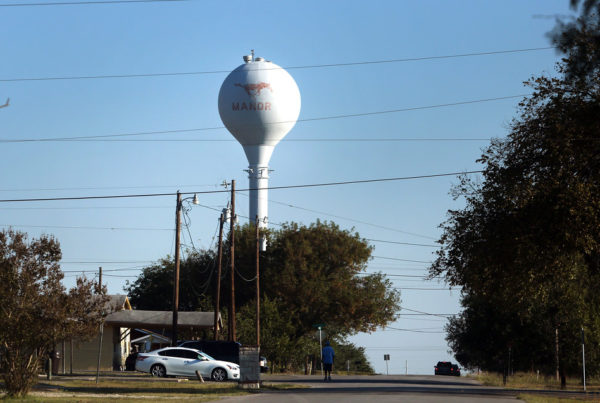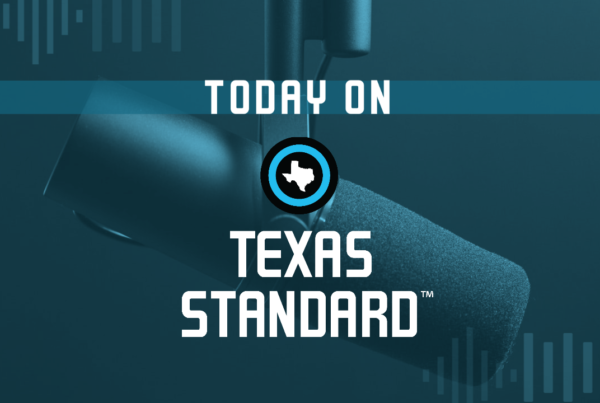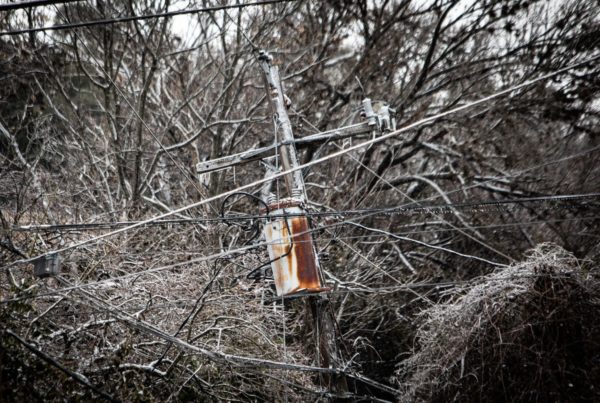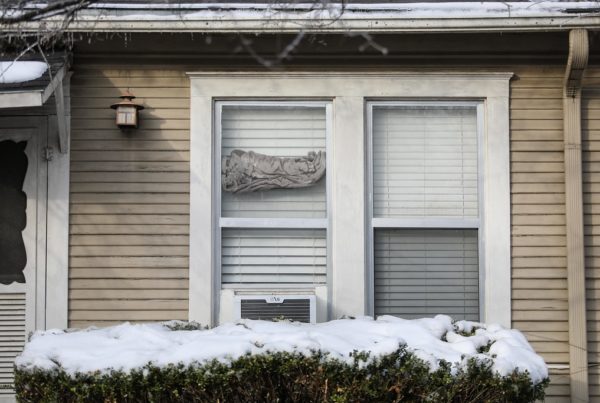Waterfalls pouring through ceilings. Icicles forming on fan blades. Roofs collapsing under the weight of layers of snow and ice. Viral images and videos shared in the wake of winter storm Uri demonstrate just how damaging such a powerful blast of ice and snow can be in a state like Texas, that’s unaccustomed to such frigid temperatures.
Dealing with repairs can be a hassle for anyone — but if you’re a renter in Texas, it can be even more confusing. Navigating maintenance issues is complicated by the state’s weak tenant protection laws, said Sandy Rollins, executive director of the Texas Tenants Union.
“We do have a law on the books that says the landlord is obligated to maintain the premises and make repairs that are a threat to the physical health and safety of the ordinary tenant,” Rollins said. “But it’s not automatic in order for the tenant to trigger their rights under that law.”
So if you’re a renter who is still in need of repairs, here are the steps you should take, according to Rollins.
First things first: make sure you’re up to date on your rent
In some jurisdictions, tenants may withhold their rent payments if the landlord isn’t maintaining the property, making it ‘uninhabitable.’ Texas has no such protections. Landlords in Texas do have to make repairs that “materially affect(s) the physical health or safety of an ordinary tenant.” And they must do so within a “reasonable amount of time,” usually understood to be seven days (there’s a caveat here — more on that below). But first, the tenant must meet several conditions, like being paid up on rent.
“Some may have been told that they don’t have to pay rent if the conditions are unlivable. Unfortunately, that’s not the case in Texas. The landlord is not obligated to make repairs if the tenant owes money.”
Rollins noted that that prerequisite may be difficult for some renters to meet right now.
“I know a lot of people are wanting to not have to pay rent next month. Some of them simply can’t,” she said. “They’ve had to use their limited resources to order prepared food, or stay in a warm hotel room so they wouldn’t die of hypothermia. Some of them weren’t able to get to their jobs in order to get their paycheck.”
Next, submit a request in writing
Don’t just do it via email, over the phone or through an online tenant portal. Rollins said that although those may be the way that most tenant-landlord communications are done in the information age, for legal matters like repairs, renters should be covering all their bases by submitting written requests through certified mail, in addition to those other channels. It’s a good idea to check your specific lease to be sure of the details, but Rollins says most standardized leasing contracts do require that written communication.
“[Tenants] have to give a proper request for repair, and a proper request for repair is almost always going to be in writing on a piece of paper dated and signed by the tenant requesting that the repairs be made, notifying the landlord of the conditions that are in need of repair or remedy,” Rollins said. “And it’s either one notice that is sent by certified mail, return receipt requested, or some other trackable form of delivery through the U.S. Postal Service or a private delivery service. Otherwise, two notices have to be given.
“And of course, none of that is the way most people communicate with their landlord these days. I mean, obviously, it’s still important to call and email and use the portal entries, whatever other forms of communication the landlord has provided. But a proper request should be sent as soon as possible to start the timer.”
Keep in mind: it might take a while
Remember that note above about repairs needing to be made within a “reasonable amount of time?” That doesn’t exactly apply to situations regarding storm damage. While landlords are required to make those repairs, under Texas law, they are allowed to wait to make those repairs until the property damage claim is paid by the insurance company. If a landlord hasn’t taken care of repairs within seven days of the proper request, that may be why.
“That’s clearly a problem, that they don’t have to do the repairs until they receive the insurance proceeds,” Rollins said. “And I don’t know how quickly they’re filing the claims and how quickly the insurance companies are responding. But I do know our phone is ringing nonstop with people who are still suffering from the storm last week, still don’t have running water, still have carpets that are soaked with flooding from broken pipes.”
If you’re still having trouble, seek outside legal help
If worse comes to worse, the next step may be to get legal experts involved. If you are below a certain income level and can’t afford a lawyer, several organizations in Texas can help, including attorneys who specialize in housing issues.
“Texas has three legal aid organizations that cover the entire state. So Lone Star Legal Aid, that covers Houston, the Gulf area, East Texas. Rio Grande Legal Aid covers central Texas and to the south, to the Rio Grande Valley. And legal aid of northwest Texas, that covers Dallas, Fort Worth, the Panhandle and areas west, and they are operating their disaster hotlines. And of course, the federal government has declared many counties in Texas disaster areas and there is the ability for tenants to apply for disaster assistance.”
Local renters organizations like the Austin Tenants Council, the Fair Housing Council of San Antonio and Houston Apartment Association may also offer guidance for tenants seeking to resolve issues with landlords or property management.
More resources
– The State Bar of Texas offers disaster relief resources, including a hotline at 800-504-7030 that is answered in English, Spanish, and Vietnamese. They also offer an in-depth FAQ sheet about common Tenant/Landlord issues.
– Lone Star Legal Aid helps low income Texans in east and southeast Texas, including Houston. Their hotline is 1-800-733-8394.
– Legal Aid of Northwest Texas covers 114 counties from the DFW Metroplex, to the Panhandle, to the Permian Basin. Their main phone number is (817) 336-3943
– Texas Rio Grande Legal Aid represents 68 counties in southwest Texas, including San Antonio, the Rio Grande Valley and El Paso. Their hotline can be reached at 1-888-988-9996
– Texas Law Help is a website that provides free legal information and forms for Texans, operated by the nonprofit Texas Legal Services Center.
– Apply for federal disaster assistance at www.disasterassistance.gov/
– Additional information on Texas’ laws for renters can be found at the Texas Attorney General’s website.


